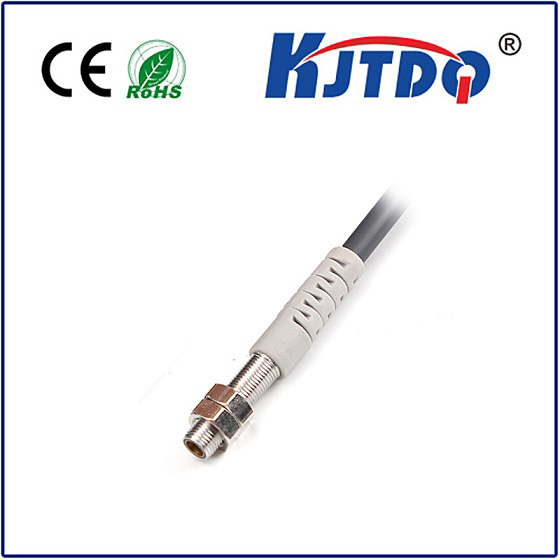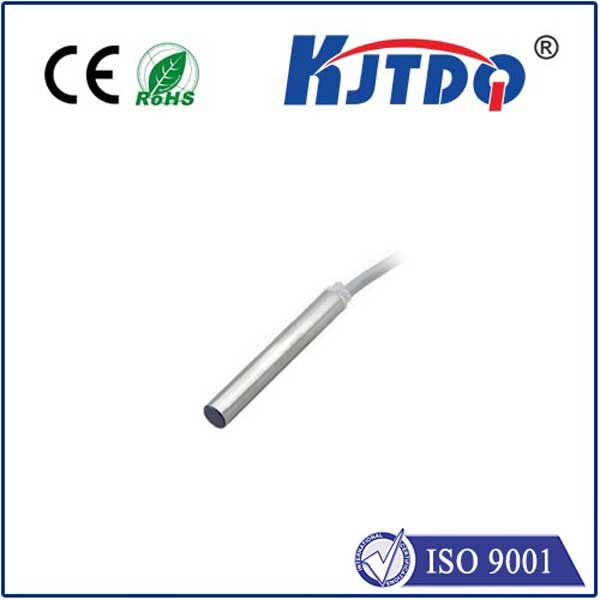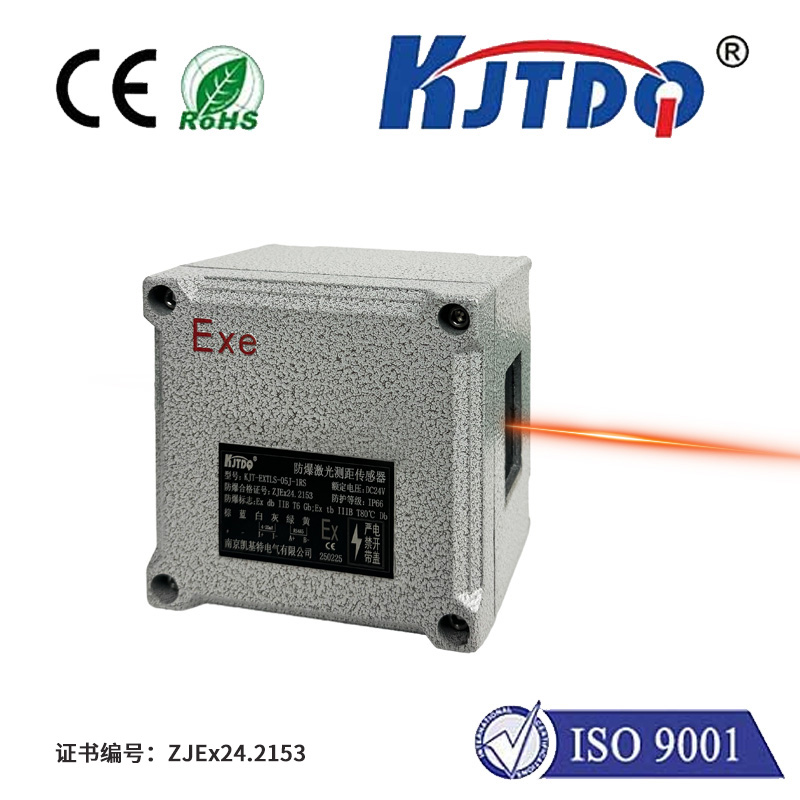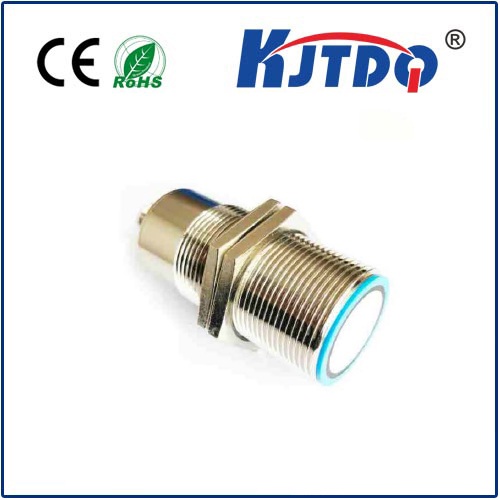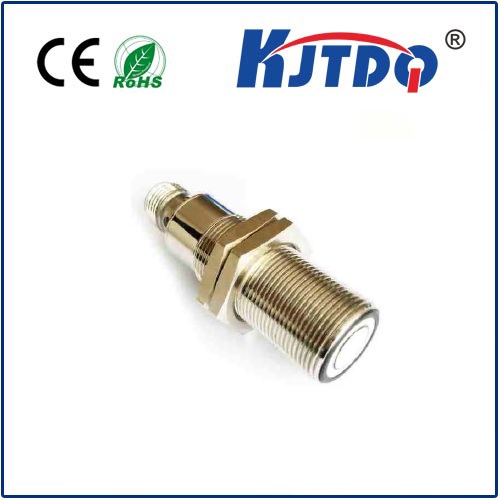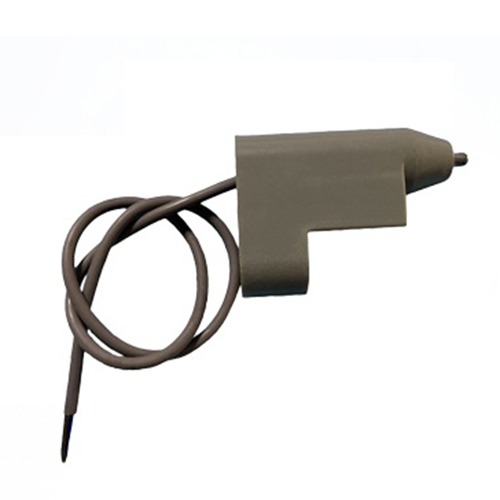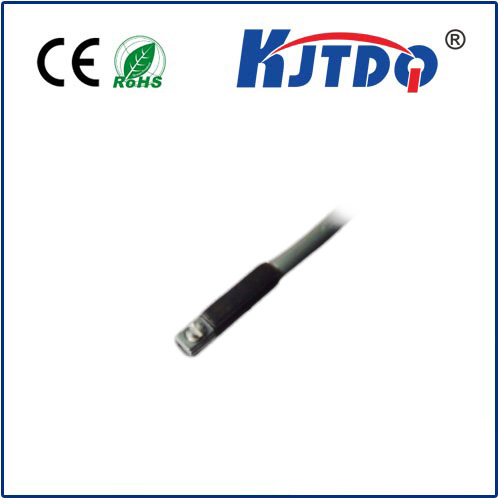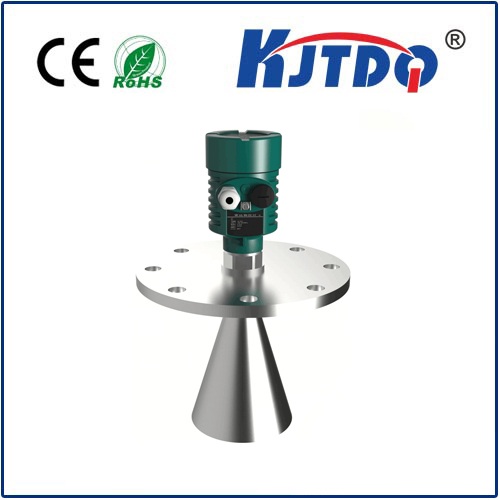analog miniature proximity sensor
- time:2025-09-09 00:41:10
- Click:0
The Mighty Miniature: How Analog Proximity Sensors Deliver Precision in Tight Spaces
Think about the intricate dance of a robotic arm assembling a smartphone, the precise positioning of components on a high-speed conveyor, or the safety interlocks guarding automated machinery. Often unseen, yet critical players in these scenarios are analog miniature proximity sensors. Combining compact size with nuanced detection capabilities, these devices are the silent workhorses enabling sophisticated automation and precise control where space is at a premium. Understanding their unique blend of features reveals why they remain indispensable in countless modern applications.
Beyond the Simple Switch: The Analog Advantage
Unlike their digital counterparts that provide a simple on/off signal when an object enters their detection field, analog proximity sensors offer a richer data stream. They output a continuous signal (typically a voltage or current, like 0-10V or 4-20mA) that varies proportionally with the distance of the detected object. This analog output provides crucial information about how far away an object is, not just if it’s present.
This continuous feedback is invaluable. It allows systems to:
- Measure Position Continuously: Track the exact position or displacement of a component.
- Control Complex Motions: Enable smoother, more precise control in robotics and actuators based on varying distances.
- Set Variable Thresholds: Trigger actions at specific, non-binary distances within the sensing range.
- Detect Subtle Changes: Identify minute variations in position or gaps that a simple on/off switch couldn’t discern.
The Shrinking Giant: Why Miniature Matters

The miniature designation signifies a sensor designed to occupy minimal space. This is not merely a convenience; it’s often a fundamental requirement. Applications like:
- Robotics & Cobots: Integration into compact robotic grippers, arms, and collaborative robot joints where every cubic millimeter counts.
- Consumer Electronics Assembly: Placement inside or near tiny, densely packed components on PCBs and assemblies.
- Medical Devices: Embedding within handheld diagnostic tools, pumps, or minimally invasive surgical instruments.
- Micro-Positioning Systems: Mounting on stages or within mechanisms requiring high-precision motion control without adding bulk.
- Door Interlocks & Cabinets: Fitting into narrow gaps or compact enclosures for safety and access control.
…demand sensors that can be tucked away without interfering with the core mechanics or the product’s overall footprint. Miniature proximity sensors achieve this through innovative design, smaller coils and electronics, and optimized housing shapes.
How the Tiny Detectives Work: Under the Hood
Most miniature analog proximity sensors utilize inductive sensing technology. This is ideal for detecting metallic objects (ferrous and non-ferrous, depending on type). Here’s a simplified breakdown:
- Generating the Field: An internal oscillator creates a high-frequency electromagnetic field emanating from the sensor’s active face.
- Object Interaction: When a metallic target enters this field, it induces small eddy currents within the metal.
- Field Disturbance: These eddy currents draw energy from the sensor’s oscillating circuit, causing a measurable damping or change in the oscillation amplitude.
- Analog Conversion: The sensor’s electronics continuously monitor this damping effect. The degree of damping is directly proportional to the distance of the target. This change is converted into a correspondingly varying analog output signal.
- Output: This continuous voltage or current signal is sent to the controller (like a PLC), which interprets the precise distance information for process control, positioning, or monitoring.
Key features making this technology suitable for miniature analog proximity sensors include its non-contact nature, robustness, reliability, and the inherent ability to generate the crucial continuous distance signal.
Where Precision Meets Compactness: Key Applications
The convergence of analog output and miniature design unlocks specialized applications:
- Precision Robotics & Grippers: Continuously monitoring finger position or object presence within the grip for delicate handling and force control. The analog signal provides the nuanced feedback needed for adaptive grasping.
- Vibration & Gap Monitoring: Detecting minute changes in machinery clearances or component vibrations predictive of wear or failure, often in hard-to-reach spots. The miniature size allows placement close to the measurement point.
- Hydraulic Cylinder Position Feedback: Providing cost-effective internal position feedback within compact actuators where traditional encoders are too large or expensive.Analog sensors offer excellent linearity in many piston position scenarios.
- Conveyor Sorting & Positioning: Accurately gauging the height or lateral position of small parts on fast-moving lines.
- Semiconductor Manufacturing: Employed in wafer handling robots and photolithography stages demanding micron-level precision in ultra-clean environments, benefiting from their small size and non-contact nature.
Choosing the Right Miniature Analog Partner: Key Considerations
Selecting the optimal sensor requires careful evaluation beyond just size:
- Sensing Range: Defined as the distance at which a standard target causes the output to switch. Miniature sensors often have shorter ranges (e.g., 0.5mm to 5mm is common). Choose based on the actual operating gap.
- Target Material: Standard inductive sensors work best on steel. For aluminum, brass, copper, or stainless steel, look for specialized sensors (factor 1 or non-ferrous specific).
- Output Type & Range: Common options are 0-10V, 1-10V, 4-20mA, or 0.5-4.5V ratiometric. Consider compatibility with your control system’s input cards and the required resolution. The 4-20mA loop is often preferred for noise immunity in industrial settings, especially over longer cable runs.
- Linearity: This critical specification indicates how accurately the output signal represents the actual distance across the sensing range. Look for sensors with high linearity values (e.g., ±1% or better) for precision applications.
- Hysteresis: The difference in switching points when the target approaches versus moves away. Low hysteresis is essential for repeatable precision measurements.
- Response Frequency: How quickly the sensor reacts to changes in target position. Crucial for high-speed applications.
- Temperature Stability: How much the output drifts with temperature changes. Good stability ensures reliable measurements in varying environments.
- Housing Material & Shape: Miniature sensors come in cylindrical (e.g., M3, M4, M5, M8 threads) or block styles. Choose material (stainless steel, nickel-plated brass, PBT plastic) and ingress protection (IP67/IP69K) based on environmental conditions (coolant, washdown, chemicals).
- Electrical Connection: Compact connectors (M8, M12) or fixed cables are typical.
The Enduring Power of Nuance in a Tiny Package
In an increasingly digital world, the analog miniature proximity sensor stands out by offering a solution where continuous distance feedback and spatial constraints collide. Its ability to deliver precise, proportional distance data from an incredibly small footprint makes it irreplaceable for engineers designing cutting-edge automation, micro-positioning systems, compact robotics, and intricate medical devices. By mastering the principles of inductive sensing and analog signal conversion within a miniature form factor, these sensors provide the essential subtlety needed for applications demanding more than a simple trigger. They ensure that even in the tightest spaces, precision is never compromised.






